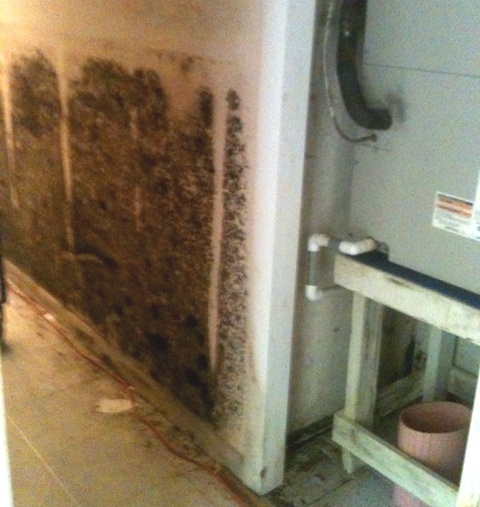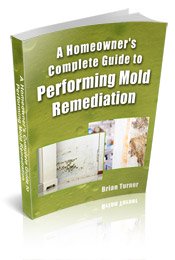Find a Mold Specialist Now
Click or Call, Toll-Free 24/7
Preventing Mold After A Flood
Preventing mold after a flood is difficult. When materials like drywall, insulation, carpet and plush furnishings are saturated with water, they provide an ideal environment for many strains of mold to grow. It’s important to take action as quickly as possible after a flood to prevent mold if you can. If you have flood insurance, check with your insurance company to see if they will help pay for the cost of mold remediation in the event that mold does develop after a flood.
How Can You Avoid Mold After a Flood?
Unfortunately, it’s not always possible to prevent to growth of mold in a home after a flood. There are some things you can do, though, in an attempt to prevent mold or at least lessen the amount of mold that develops.
Begin cleaning up as soon as possible after flood waters recede. The longer water-logged materials remain in the home, the greater the likelihood that mold will begin to grow.
Open windows to improve ventilation and allow things to begin drying out. A dehumidifier can also help dry things out.
Flood waters can contain all sorts of hazards, including bacteria, viruses and mold. To safeguard your health, wear protective gear, including gloves, eye protection and an N-95 face mask when cleaning up after a flood. You may also wish to wear a hair covering and shoe covers. Change clothes as soon as you’re finished and wash the clothing you wore while cleaning in hot water.
Start the cleanup process by removing everything that cannot be adequately cleaned. The Federal Emergency Management Agency (FEMA) states that wood and upholstered furniture is difficult to clean and usually cannot be cleaned adequately. Carpet cannot be cleaned adequately, either, because microscopic mold spores become trapped in the fabric and even if you remove all visible mold, those mold spores will remain. Drywall is another thing that cannot be adequately cleaned. It must be removed and replaced, along with any insulation.
Non-porous or hard materials like glass, metal and plastic, on the other hand, can usually be saved. Scrub them with non-ammonia soap, rinse them, and then scrub again with an antimicrobial cleanser. Allow them to dry thoroughly, which may take a couple of days. Using fans and dehumidifiers can speed the drying process.
For More Information About Preventing Mold After a Flood
For more information about mold prevention, we recommend the ebook A Homeowner’s Complete Guide to Mold Remediation by Brian Turner, an expert in the field of mold remediation who, among other professional accomplishments, wrote and co-produced a training video to help residents dealing with mold problems after the widespread flooding that occurred with Hurricane Katrina. This easy-to-read book contains an entire chapter on mold prevention strategies. Of course, it also provides detailed, easy-to-follow instructions on how to clean up mold. To learn more or to order a copy, follow the link.
Testing for mold
Cleaning up as soon as possible is the key to preventing mold after a flood. The longer water-soaked items remain in the home, the more likely mold is to begin to grow. Even if you are able to clean up quickly, though, and even if you don’t see any mold in the home, we recommended having your home tested for mold after a flood. Mold often grows in places where you cannot easily see it, like in heating and ventilation ducts, inside walls and under floorboards.
By having your home tested for mold, you can be certain that your home is mold-free. If any mold is discovered, you can have it removed before it starts making you sick. Test for mold before beginning any home repairs such as replacing drywall or carpet. You don’t want to complete those repairs only to find out there is mold inside the walls or under the floorboards. To find certified professionals that test for mold in your area, follow the link.
Return From Preventing Mold After A Flood To Our Mold Prevention Page
Black Mold Health Symptoms Home Page






